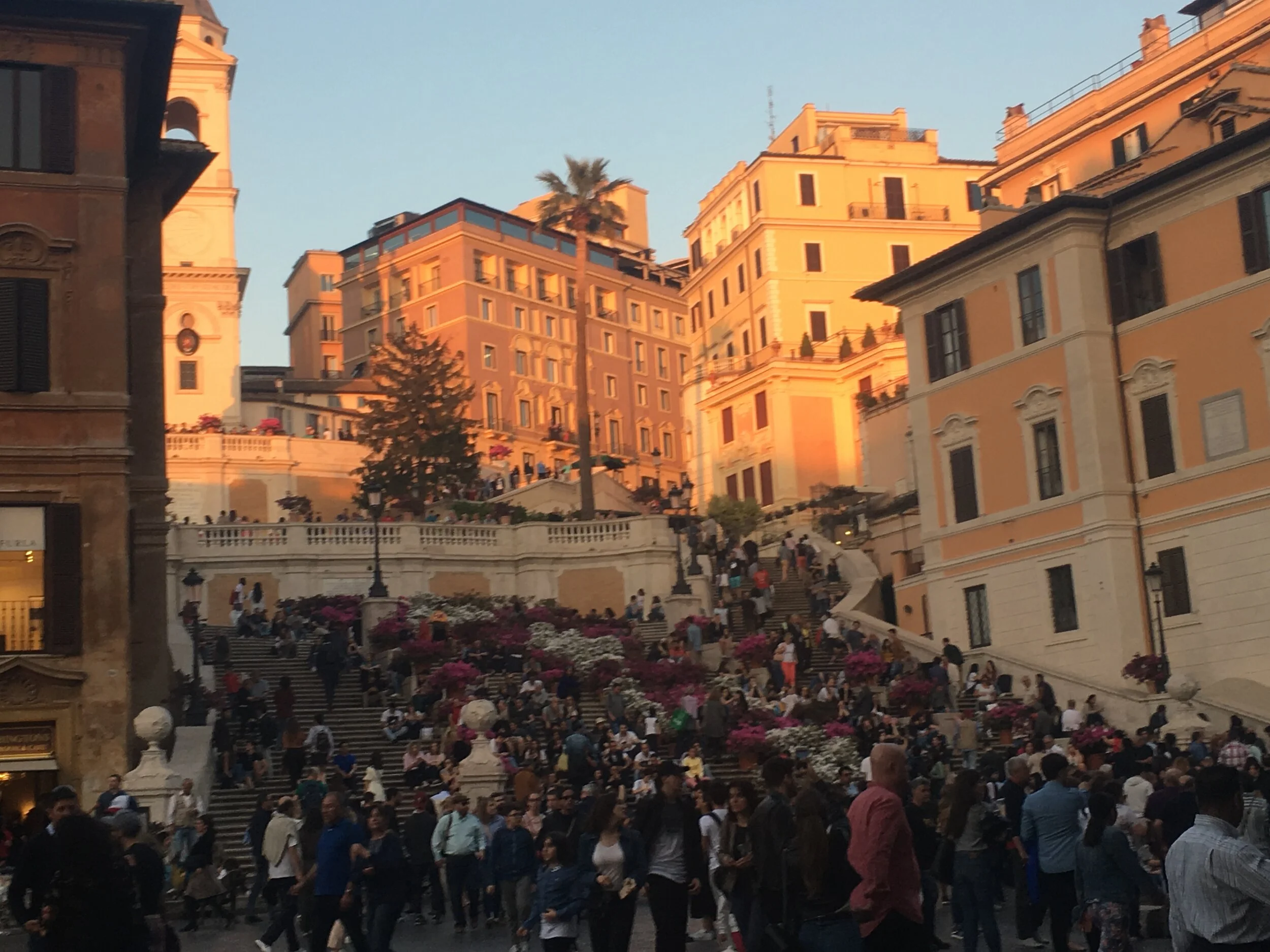The Mixed Curse/Blessing of Overtourism
In the past several years, but particularly in maybe the last five, the phrase “overtourism” has entered into the travel lexicon. Certain places have always been crowded and full of tourists, such as Paris, or Rome, or New York City. But now, places that were, if not off the beaten track, on a side-road at the very least are starting to be crushed or squeezed by the sheer numbers of people travelling there: Dubrovnik in Croatia, the Cinque Terre in Italy, the Temples at Angkor in Cambodia (Angkor Wat is just one specific temple in the entire complex) just to name a few. These places, places that either didn’t expected such popularity or don’t have the resources to cope with it often due to rapid, intense growth, generally suffer from “overtourism” aka too many tourists.
Iceland has been a prime example of the problem of overtourism. Iceland started actively marketing itself to tourists to help rebuild it’s economy following the financial crash in the late 2000s. In 2011 roughly 500,000 foreign tourists visited Iceland. In 2018, it was roughly 2.3 million. This massive increase in foot traffic has reportedly caused Iceland to suffer from overtourism. In past couple years articles have been coming out about how the massive increase in tourists has led to housing costs to rise for Icelanders, trash in previously pristine areas, and physical damage to key natural sites.
And these problems are very very real. Airbnbs – which have basically created an unregulated hotel market – are creating higher housing costs in tourist areas, creating massive hardship for the people who actually live in these places. Too many people, even acting respectfully and leaving zero trash really do cause damage to historical sites. Think of a stone step that’s worn down a bit in the middle due to just people walking on it for years. And multiply that by potentially millions of tourists a year and you can understand the literal damage overtourism can cause. As someone with a deep abiding love of history, I want to both be able to see historical sites and for people in 1,000 years to also be able to see them.
But tourists bring in things beyond trash and problems to a country. They bring money, and that can make a huge difference to a country’s economy. If overtourism was a solely bad thing, than logically a decrease in tourism would be a good thing. But, if Iceland is anything to go by, that’s not true either.
WOW Airlines, a budget airline based in Reykjavik, collapsed in March, significantly decreasing the number of tourists likely to come to Iceland this year. You know what else decreased? Iceland’s economy. According to Bloomberg, Iceland’s economy, originally projected to grow by a respectable 1.8% is now expected to contract by .4%. Yep, it’s not just that Iceland’s economy isn’t going to grow as much, but it will actually shrink due to fewer tourists. There are also modest projected increases in unemployment and inflation.
I could get into how this is an example of the dangers of an undiversified economic base, but regardless of that, this does show that despite the trash and increased housing prices, overtourism has been good for Iceland’s economy. It really does bring money and growth to an area, even with the very real drawbacks.
In the past, the biggest barriers against tourism, and therefore overtourism, were cost and accessibility. Air travel dramatically decreased the latter and the former has been decreasing on a global level due to a combination of decreasing flight costs and growing middle classes in places like China. But those are, again, good things. The days of the Grand Tour for wealthy and/or aristocratic Brits is over, and restricting the amazingness of the world and other places and cultures to the well-off is detrimental to everyone.
So increased accessibility is a plus for people/humanity in general and more tourism is good for an economy as a whole, while still bad for individuals (locals in tourist areas in particular) and the sites themselves. What does that mean on a practical level?
I wish I had a good answer for that, but the closest I’ve seen comes from when I was in Peru. I visited Machu Picchu two years ago, and, honestly, I thought the level of tourism was completely reasonable.
Not empty but not overcrowded by any means
The Peruvian government had already instituted its ticketing system for the site limiting the number of people who could come in a day and while it certainly wasn’t empty by any means, it wasn’t bad at all. The tickets were on a first come, first serve basis, which limits accessibility without creating unreasonable costs. In addition, and this was my favorite part, the costs for Peruvians were significantly lower than for international tourists. And this was true of most sites I visited in Peru. The Peruvian government prioritizes accessibility of national treasures to Peruvians and I think that’s awesome. Controlling accessibility via ticketing only works for specific sites, but it is a way to control the chaos of tourism, and its detrimental effects, without creating a financial barrier to ordinary people.
Machu Picchu is still reported to have an overtourism problem, and the ticketing rules, as I understand them, have become stricter in the past couple years. No solution is perfect. Overtourism is a serious problem, but Iceland shows that just haphazardly decreasing the number of tourists comes with its own set of costs. Tourists can make choices that are better for the places they visit, and governments can enact policies to limit a tourist glut without shutting out the world and hampering their own economic development. At least, I hope we can. Last year, I went to Rome for the first time and saw 2,000-year-old ruins. I live in hope that people will still visit them another 2,000 years from now.






